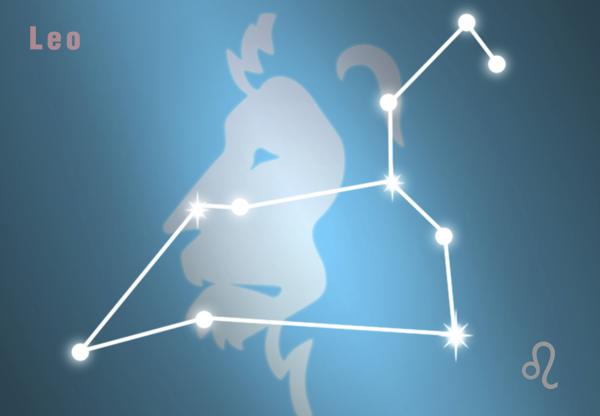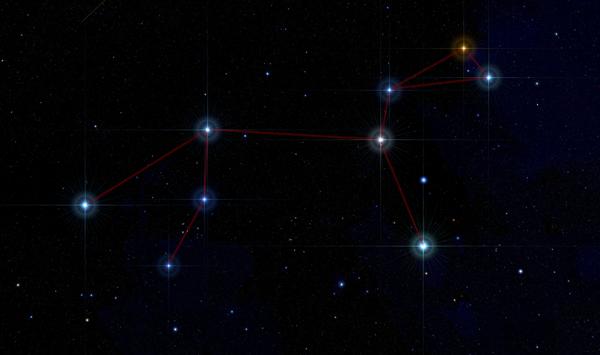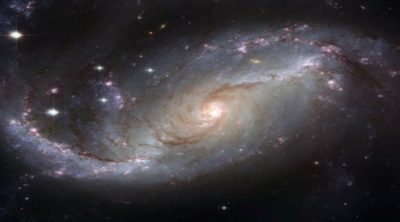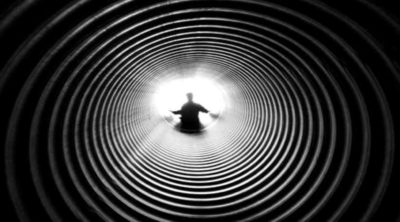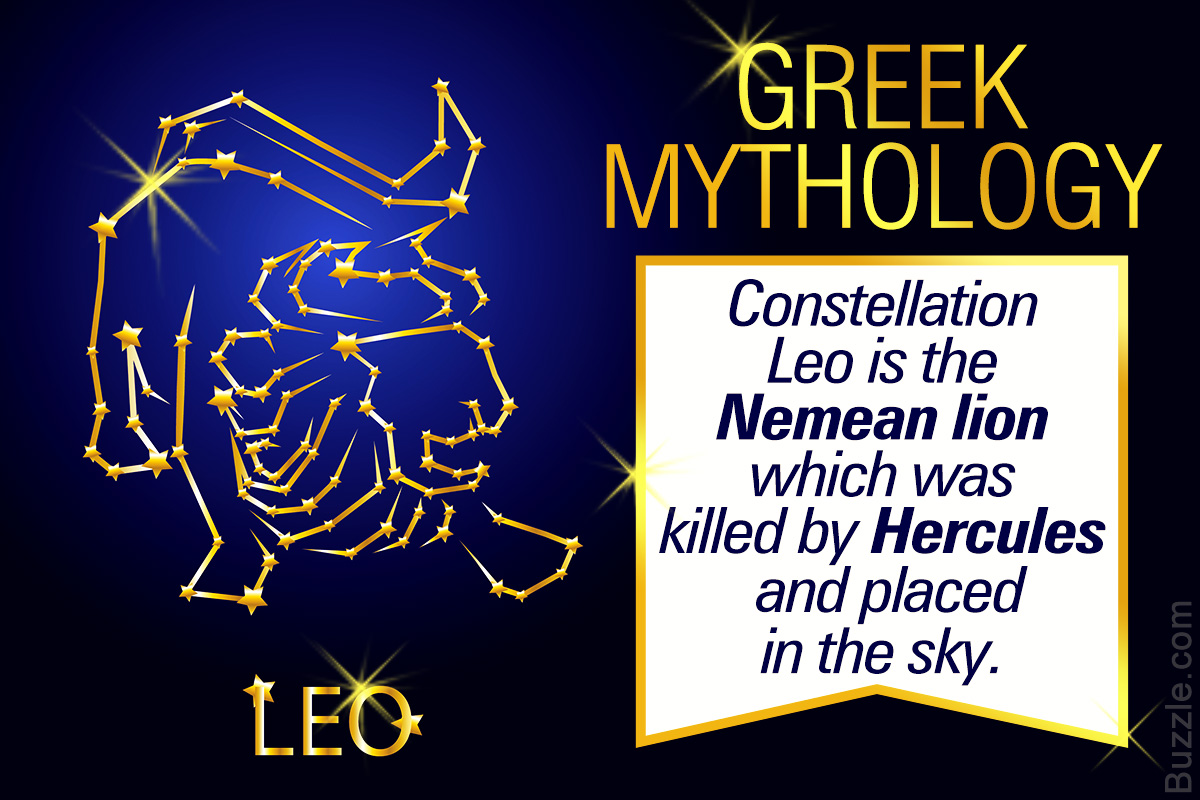
One of the most popular celestial events, the Leonid meteor shower originates in this constellation. Regulus, the brightest star of this constellation, is 150 times brighter than the Sun. Interesting for sure, and these are just a few of the many interesting things that constellation Leo has to boast of.
Leo is the fifth of the twelve―some say thirteen―constellations of the zodiac, and is depicted as a crouching lion, with a sickle of stars marking its typical head and mane. Its striking resemblance to the beast and bright stars make Leo one of the most easily recognizable of the 88 modern constellations acknowledged by the International Astronomical Union (IAU). Interestingly, it also existed in the list of 48 constellations described by renowned astronomer Ptolemy in the 2nd Century.
Some Facts and Myths about Leo
Location
Leo (constellation) lies between Virgo and Cancer, and is bordered by constellations like the Ursa Major, Leo Minor, Lynx (corner), Cancer, Hydra, Sextans, Crater, Virgo and Coma Berenices. On the equatorial coordinate system used for mapping celestial objects, this constellation is located at 11h Right Ascension and +15° Declination. Covering an area of 946.964 square degrees in the sky, Leo is the 12th largest constellation of the lot.
In Mythology and Literature
Leo has been recognized as a lion in mythology as well as literature. According to the Greek mythology, it is believed that constellation Leo is the Nemean lion which was killed by Hercules and placed in the sky. In Egyptian mythology, it is believed that the Sun arose near the star Denebola in Leo when the world was created. In Roman literature, poet Ovid refers to Leo as ‘Herculeus Leo’ and ‘Violentus Leo’. Yet another renowned Roman poet, Manilus refers to it as ‘Jovis et Junonis Sidus’, meaning the star of Jupiter and Juno. The Persians referred to Leo as ‘Ser’, while the Indians called it ‘Sher’. In Babylonia, it was known as ‘Aru’, and the Jewish called it ‘Arye’.
The name ‘Leo’ is derived from Latin word for lion. The sickle representing the characteristic head and mane of a lion is formed by some of the brightest stars of this constellation, namely Regulus, Eta Leonis, Gama Leonis, Ras Elased Borealis, Ras Elased Australis and Adhafera.
Regulus: The Brightest Star
The brightest star in constellation Leo is alpha Leonis or the Regulus. Seventy five times bigger than the Sun, it is located at a distance of 83 light years from our planet. It was named by the great Polish scientist, Copernicus. While most of the bright stars of this constellation have been named in Arabic, the Latin name Regulus―meaning ‘prince’ or ‘little king’―turns out to be an exception. Regulus is 150 times brighter than the Sun, and its energy output is 350 times that of the latter.
Interestingly, it is also a rapid rotator with a rotation period of 15.9 hours which makes it a lot faster than the Sun.
Other Stars
Other stars observed in Leo are Denebola (Beta Leonis), Algieba (Gamma Leonis), Zosma (Delta Leonis), Chertan (Theta Leonis), Al Minliar al Asad (Kappa Leonis), Alterf (Lambda Leonis) and Subra (Omicron Leonis). Of all the stars in constellation Leo, the nearest to the Earth is Wolf 359 located at a distance of 7.8 lights-years from our planet. The brightest star in the night sky at the infrared N-band is the carbon star CW Leo.
And a Few More Interesting Facts…
★ Leo contains several bright galaxies; most popular ones being spiral galaxies like Messier 96, Messier 95, Messier 66, Messier 65, and elliptical galaxies like Messier 105.
★ Leo Ring is a cloud of hydrogen and helium found in this constellation, which is believed to be a left over from the Big Bang.
★ Leonids, a meteor shower associated with Temple-Tuttle comet, originates from constellation Leo―and hence the name Leonids.
★ In astrology, sun sign Leo is associated with the Leo constellation as the sun enters this constellation on 23rd July and leaves it on 23rd August.
★ Gliese 436, one of the stars in constellation Leo, is located 33.1 light-years from the Earth. Interestingly, it has a planet orbiting it named Gliese 436 b, which is 22 times the size of the Earth.
Most often seen in the evening, Leo can be seen in spring in the northern hemisphere and in autumn in the southern hemisphere. As we mentioned earlier, the bright stars in this constellation make it easier to locate it in the night sky. In fact, Regulus, which happens to be the brightest of the lot, is easily visible in the sky despite the polluted atmosphere.

